When Einstein met H.G. Wells
Encounters in the fourth dimension.
We all have an intuitive sense of what a dimension is. There are only three perpendicular directions in which we might move, which we might designate as “up and down,” “left and right,” and “back and forth.” Try as we might, any other mode of movement could not be perpendicular to those three. We can’t run or jump into a spatial fourth dimension that is at right angles to the others. Therefore, our experience informs us that we live in a three-dimensional world.
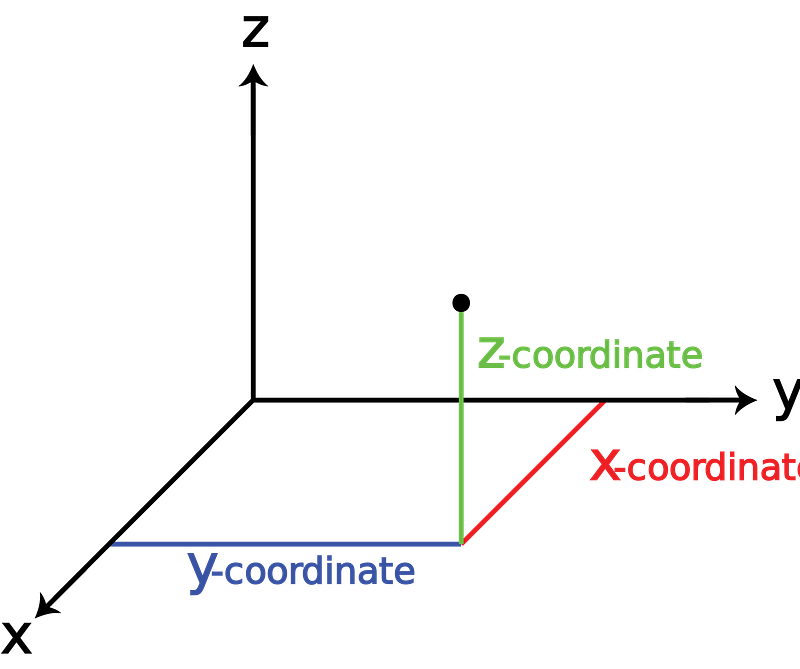
Modern physics, however, treats space and time as a unified four-dimensional entity. Time is a funny kind of fourth dimension, though, because we traverse it simply by waiting, not by moving through a direction of motion. Moreover, in calculating the four-dimensional equivalent of distance, the spacetime interval — a generalization of the Pythagorean theorem relating the hypotenuse of a right triangle to its sides — the time variable picks up a minus sign in order for descriptions of motion to make sense.

The replacement of independent space and time with amalgamated spacetime can be traced back in physics to the work of Russian-German mathematician Hermann Minkowski.
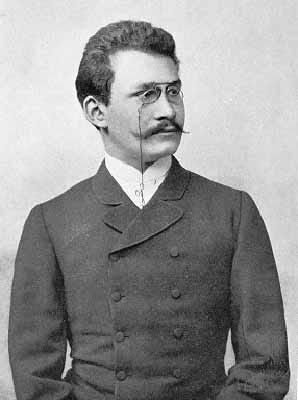
Minkowski brilliantly determined in 1907 that Einstein’s equations of special relativity, developed two years earlier, naturally emerged from the properties of a special four-dimensional graph. While in Einstein’s theory time dilates and length contracts along the direction of motion for objects approaching the speed of light, Minkowski showed that the spacetime interval is invariant: it remains the same from all perspectives.
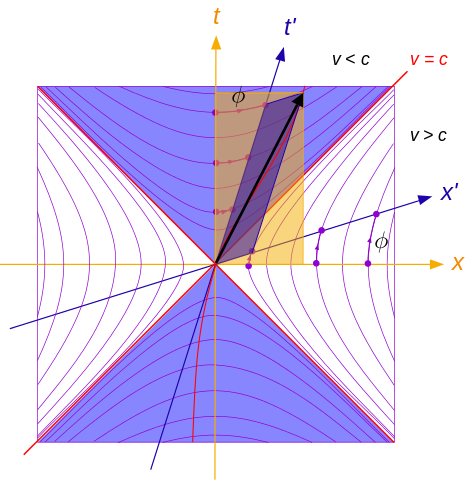
We can think of the spacetime interval as something like a garden sundial with a pointed metal needle.
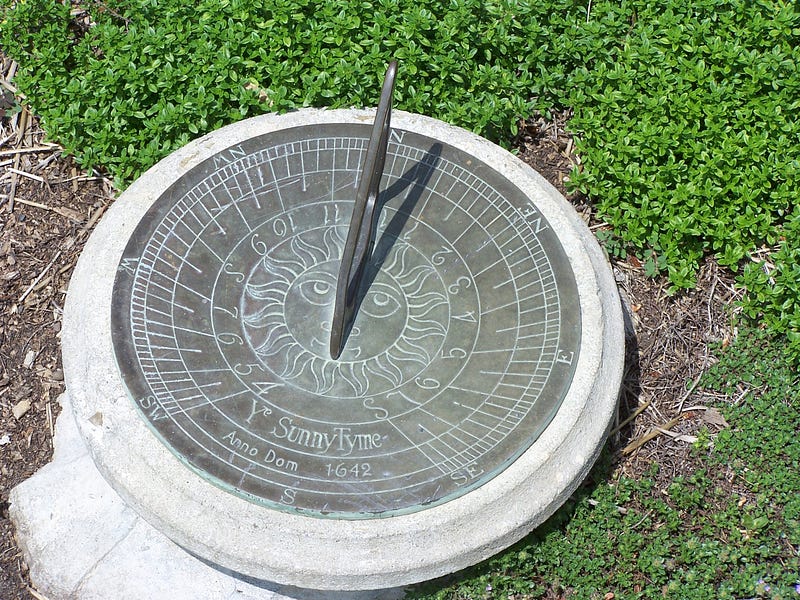
As Earth turns with respect to the Sun the shadows of the needle transform, but the needle itself remains rigid. Similarly, length and time — shadows of spacetime — transform with respect to the motion of observers, while the spacetime interval does not vary.
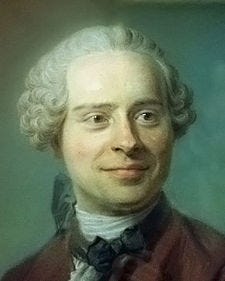
Long before Minkowski formalized the notion of spacetime, however, it was discussed in essays and stories. As early as 1754, French mathematician Jean d’Alembert mentioned the idea of time as the fourth dimension in an encyclopedia article. In 1885, the journal Nature featured an article by a pseudonymous author called “S”, entitled “Four dimensional Space.”
It proposed that three-dimensional objects trace out fourth dimensional tracks as they change over time. As “S” wrote:
“We must … conceive that there is a new three-dimensional space for each successive instant of time; and, by picturing to ourselves the aggregate formed by the successive positions in time-space of a given solid during a given time, we shall get the idea of a four-dimensional solid, which we may call a sur-solid… Let any man picture to himself the aggregate of his own bodily forms from birth to the present time, and he will have a clear idea of a sur-solid in time-space.”
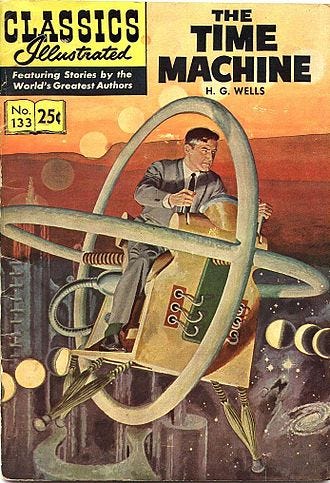
Perhaps the most famous fictional depiction of movement through the fourth dimension is The Time Machine, H.G. Wells’s popular novella published in 1895. In that book, Wells introduced to his readers the idea of time as a dimension and pondered why we cannot travel as freely in that dimension as we can in space.
“There are really four dimensions,” he wrote, “three which we call the three planes of Space, and a fourth, Time. There is, however, a tendency to draw an unreal distinction between the former three dimensions and the latter, because it happens that our consciousness moves intermittently in one direction along the latter from the beginning to the end of our lives.”
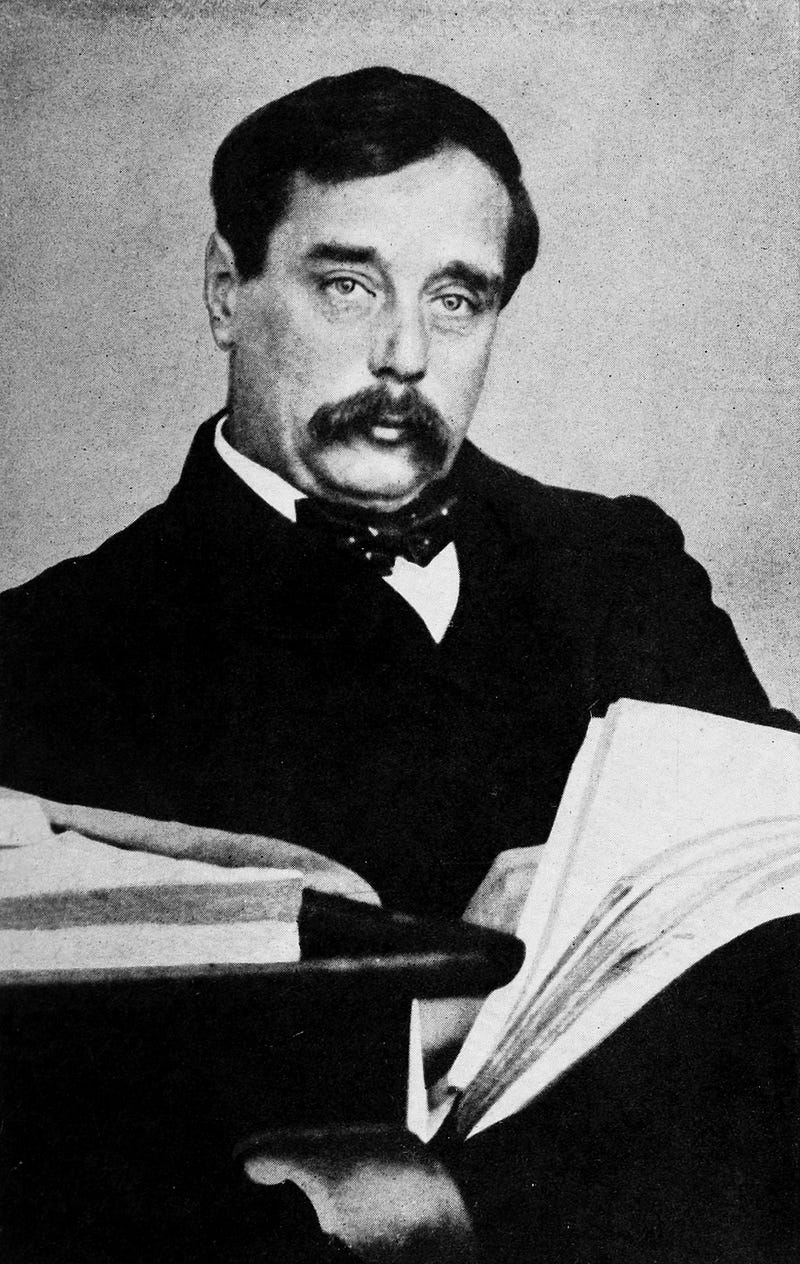
Wells became exposed to the idea of time as the fourth dimension when he founded and edited a college paper, at what is now Imperial College, London, called the Science School Journal. He avidly read science topics of the times, including debates about dimensionality. When a fellow student, E.A. Hamilton Gordon, contibuted an article to the journal, entitled “Fourth Dimension,” Wells became interested in the subject. Soon thereafter he a wrote a short story about that theme, “The Chronic Argonauts,” and published it in the same journal. Several years later, he expanded the story and it became The Time Machine.
Wells emphasized in the novella that if time is a dimension like those of space, the past, present and future are all all part of the same unified entity and potentially accessible. In other words, if someone could somehow step out of space and time, he would see each person’s life as a complete, immutable thread, akin to a reel of film. Such an idea has come to be known as the block universe. As Wells described such a situation:
“Here is a portrait of a man at eight years old, another at fifteen, another at twenty-three, and so on. All are evidently sections, as it were, Three-Dimensional representations of his Four-Dimensional being, which is a fixed and unalterable thing.”
Although The Time Machine was widely read, there is no evidence linking its four-dimensional construct with Minkowski’s masterful suggestion about Einsteinian relativity. Nor is there evidence that Einstein and Wells ever discussed the fourth dimension — as integral as it was to the former’s theories and the latter’s stories. Einstein was well-read, but not particularly a fan of speculative fiction. Wells probably was unfamiliar with Einstein’s work until measurements taken during the 1919 solar eclipse helped confirm the general relativistic prediction that the path of starlight would be bent by massive objects such as the Sun — consequently making Einstein world-famous.
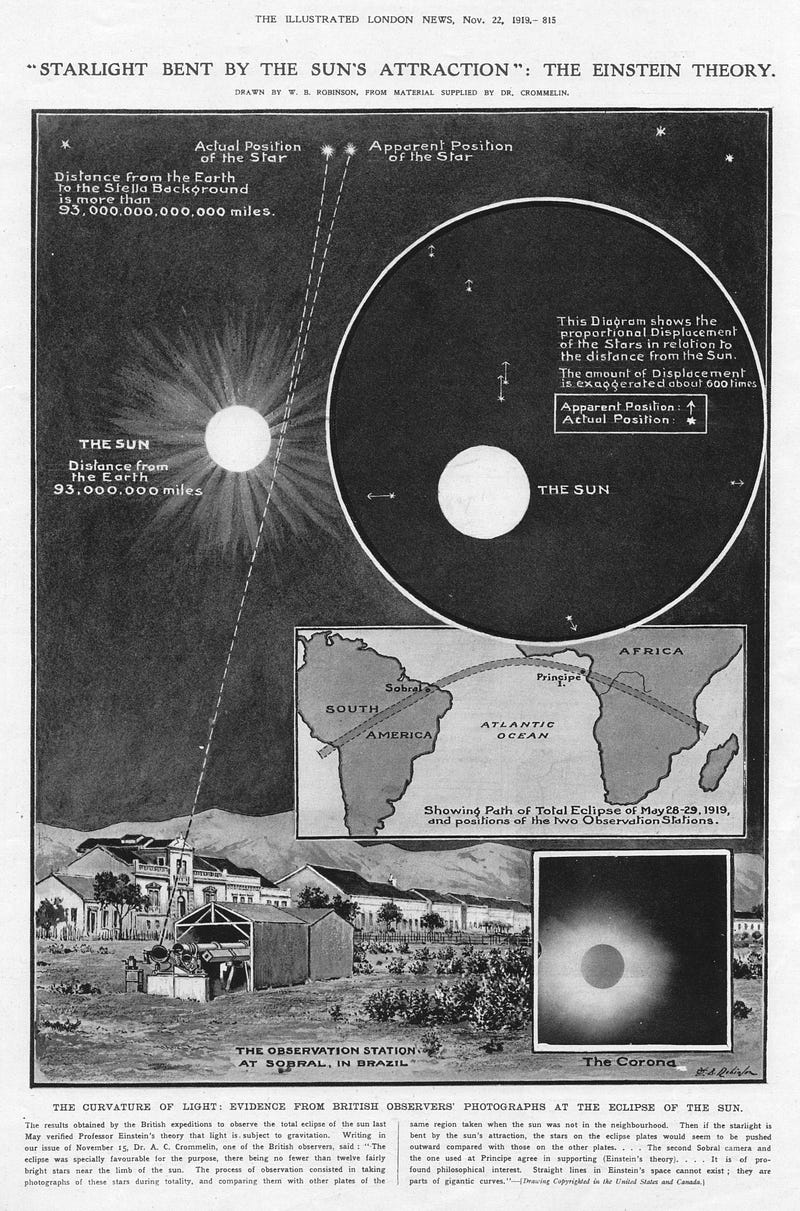
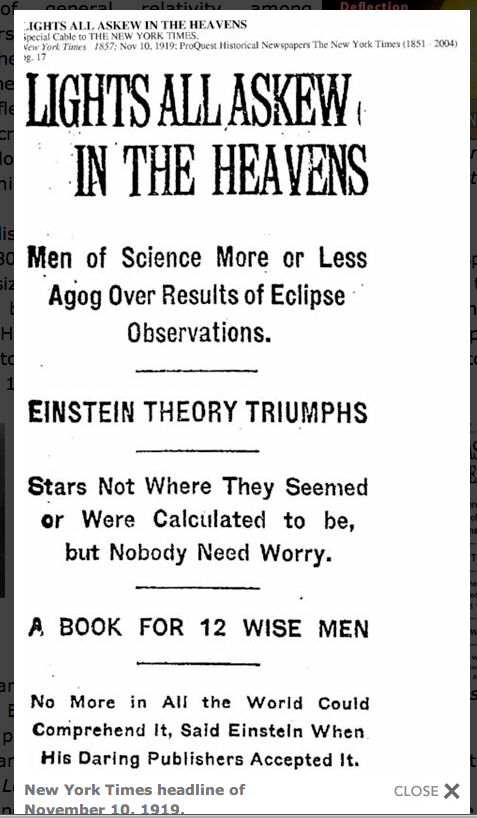
General relativity, by treating space and time as an amalgam, naturally matches up with the block universe idea of the past, present and future being equally real. Nevertheless, we have the perception that we are moving through time. Einstein believed that fundamentally the future is inalterable and free will non-existent. On the death of his good friend Michele Besso, he wrote, “the distinction between past, present, and future is only a stubbornly persistent illusion.”
Hence, from that perspective, the time and place of the meeting between Einstein and Wells may have been etched on the fabric of spacetime in indelible ink. Although they apparently never met to discuss scientific matters, and seemed not to influence each other about the fourth dimension, it would be politics that brought them together. Each was horrified by 20th century warfare, and came to advocate world government as a means of preventing further calamities.
In 1929, only four years before the Nazis took power, Berlin was one of the most progressive, open-minded cities in the world. Alternative art, music and theater flourished. Forward-thinking Germans ardently hoped to shake off the stigma of the gas attacks and other atrocities of the First World War, by advocating international cooperation. Those progressives could not imagine in their worst nightmares the terrors lying just ahead for their country and the world.
On April 15 of that year, the German Reichstag (parliament) invited Wells to deliver a talk to the assembly. Einstein was invited as an honored guest of Reichstag President Paul Löbe and Education Minister Karl Becker. Therefore it would be at that auspicious occasion that two of the most illustrious thinkers of the 20th century would meet.
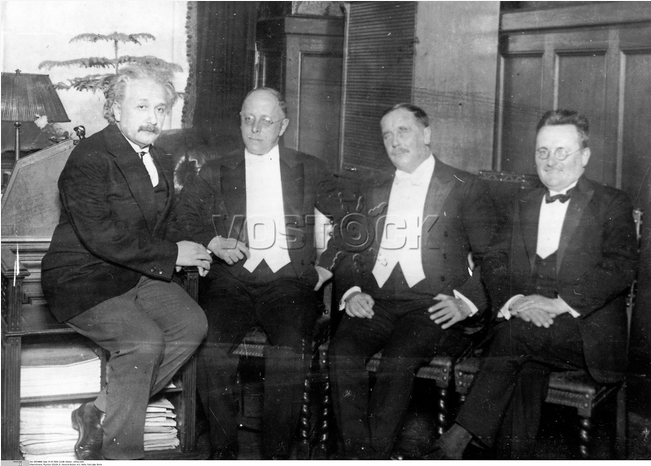
Wells’s address, “The Common Sense of World Peace,” resonated well with Einstein’s internationalist and pacifist spirit. Wells painted a utopian picture of a world without borders, passport controllers, customs officials, or even armies. Separate nation states, he argued, would inevitably find reasons for dispute, leading eventually to armed conflict — such as that between Austria-Hungary and Serbia that led to World War I.
Ironically, less than four years later, Hitler took power, and progressive voices in Germany such as Löbe were stilled. Abroad when Hitler became Chancellor, Einstein decided to break his ties with his native land and live in the United States. Wells issued a frightening (and accurate) prediction of a Second World War more devastating than the first. Its horrific weapons, he prognosticated, would drive humanity after the war toward world government. Indeed, while Wells died shortly after the end of that war, Einstein would live another decade and die in 1955. Influenced, perhaps, by Wells — and also by leading pacifists such as Bertrand Russell — Einstein became a leading advocate of international control of nuclear weapons, disarmament, and ultimately world government.
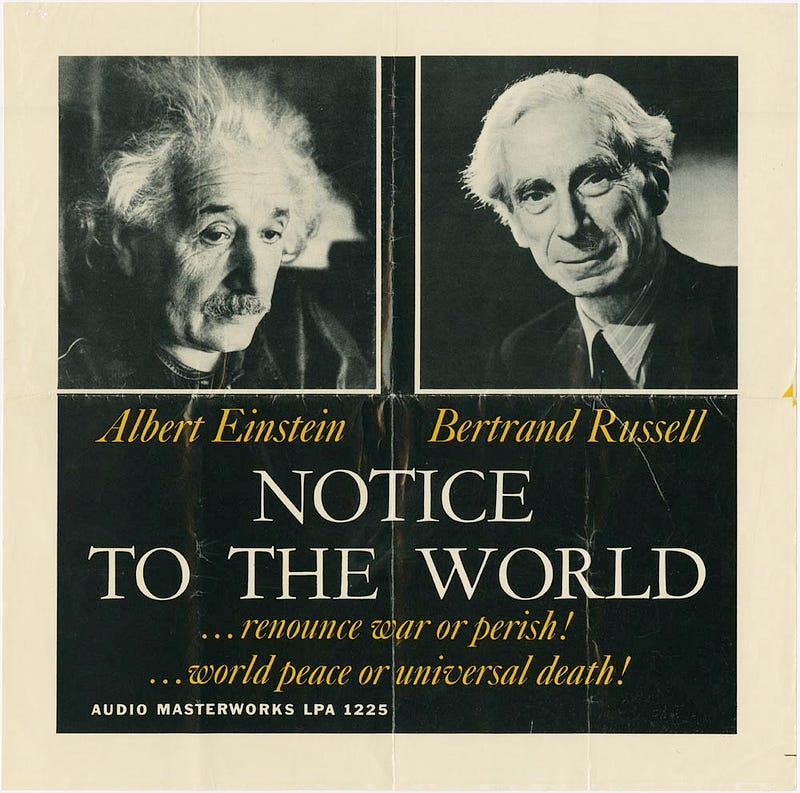
Thus, despite Einstein’s disbelief in free will, perhaps the intersection of his timeline with Wells’ may have had at least some impact on his political perspective.
Paul Halpern is the author of Einstein’s Dice and Schrödinger’s Cat: How Two Great Minds Battled Quantum Randomness to Create a Unified Theory of Physics
Leave your comments at the Starts With A Bang forum on Scienceblogs.





